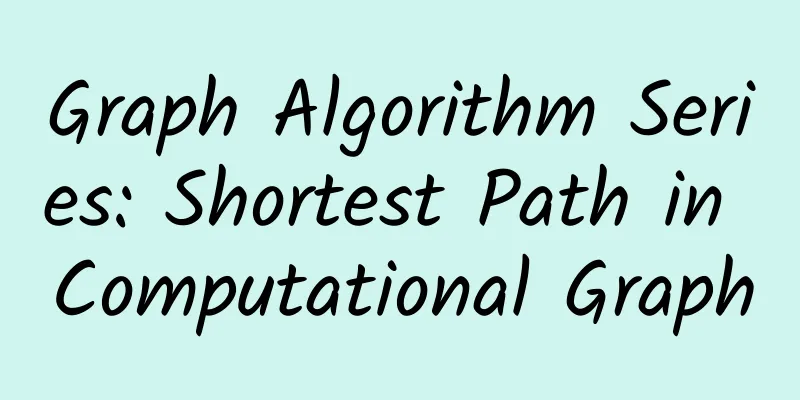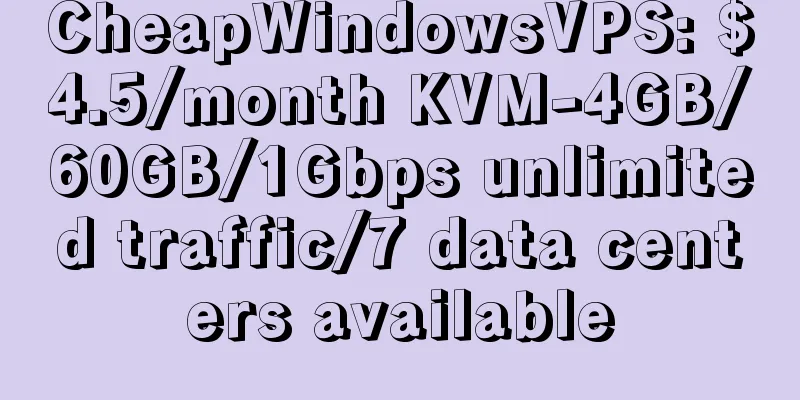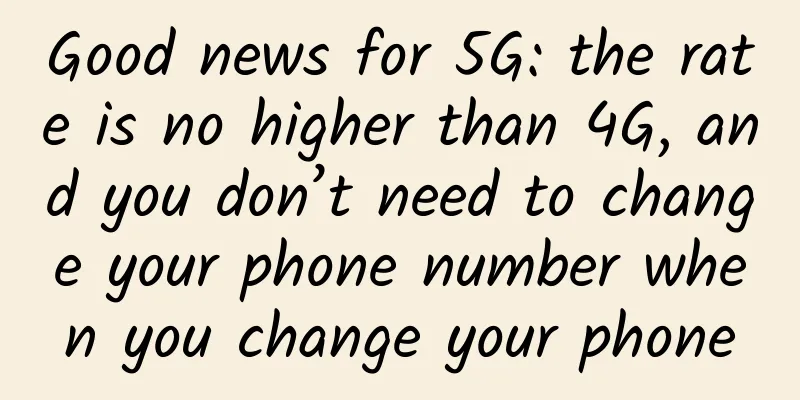Graph Algorithm Series: Shortest Path in Computational Graph

|
This article is reprinted from the WeChat public account "Beta Learns JAVA", the author is Silently9527. Please contact the Beta Learns JAVA public account to reprint this article. PrefaceIn the previous two articles, we used depth-first search to find a path from vertex v to vertex w in the graph. However, depth-first search has a lot to do with vertex input, and the path found is not necessarily the shortest. Usually, we often need to find the shortest path in the graph, such as map function. Here we need to use the breadth-first search algorithm. Breadth-First SearchStill use the previously defined path finding API
In breadth-first search, in order to find the shortest path, we need to traverse all vertices in the order of the starting point, instead of using recursion to achieve it; the idea of the algorithm is:
In this algorithm, in order to save the path, we still need to use an edge array edgeTo[] and use a parent link tree to represent the shortest path from the root node to all connected vertices.
Take the following figure as a column to see the running track of breadth-first search Unit test code:
The execution results are consistent with the running trajectory we analyzed Symbol diagramThe graph algorithms that we have learned in recent articles all use numbers as vertices because it is very simple and convenient to implement these algorithms with numbers. However, in actual scenarios, characters are usually used as vertices instead of numbers, such as: locations on a map, and the relationship between movies and actors. In order to meet the actual scenario, we only need to make a mapping between numbers and strings. At this time, we will think of the map implemented in the previous article (map is implemented through binary tree, red-black tree, hash table, etc., interested students can check it out), and use Map to maintain the mapping relationship between strings and numbers.
Implementation ideas:
The actual process can be determined according to the specific situation. It does not necessarily have to be this kind of string. It can come from a database or a network request. The code is implemented as follows:
All source code in this article has been put into the github repository: https://github.com/silently9527/JavaCore |
<<: 5 Common SD-WAN Challenges and How to Address Them
>>: How to determine whether the protocol is Websocket in Http Header
Recommend
Sharktech: 50% off on Los Angeles high-security VPS, 2GB RAM/30GB SSD/4TB bandwidth starting at $6.57 per month
Sharktech Shark Data Center VPS 50% discount code...
Frost & Sullivan | Venustech Web Application Firewall ranks first in market share and leads the WAF market in Greater China
Recently, Frost & Sullivan, a global authorit...
Riverbed Launches Industry's Most Comprehensive Digital Experience Management Solution
Recently, Riverbed Technology announced the launc...
Ministry of Industry and Information Technology: The number of 5G package users has exceeded 350 million
[[395563]] The State Council Information Office h...
Six advantages of deploying SD-WAN
With the increase in data analysis, media traffic...
Apple's in-house modem solution is a huge challenge, but the rewards are huge if it succeeds
Apple's move to develop its own wireless comm...
DediPath: $39/month-E3-1240v2/16GB/2TB/1Gbps unlimited traffic/Los Angeles high-defense server
A few days ago, we shared the information about D...
The number of users is not increasing, the time spent is declining, and 5G applications are delayed. Can we only wait for the flowers to bloom in 2021?
[[397144]] After many twists and turns, the numbe...
What is a Layer 3 switch and how does it work?
Before delving into the details of layer 3 switch...
IPv6 protocol: the ultimate evolution of IPv4, the concepts, addresses and messages you need to know
Hello everyone, I am Bernie, an IT pre-sales engi...
How to Intelligently Manage the Last Mile of SD-WAN
Note: This article describes how to intelligently...
66 Cloud's 4th anniversary, 20% off monthly VPS and 40% off annual VPS, Hong Kong CMI/US CN2 GIA/AS9929/Japan Softbank, etc.
666clouds recently launched an event for New Year...
The basics of optical fiber you must know
1. Classification of optical fiber Optical fibers...
Justg: South Africa VPS annual payment of US$19.99, KVM architecture, CN2 GIA line
The tribe shared information about Justg in Augus...
Kvmla: VPS 50% off 2G memory package monthly payment starting from 37 yuan, top up 500 yuan and get 100 yuan, Singapore/Japan dedicated server 25% off
Kvmla is a Chinese hosting company founded in 201...









